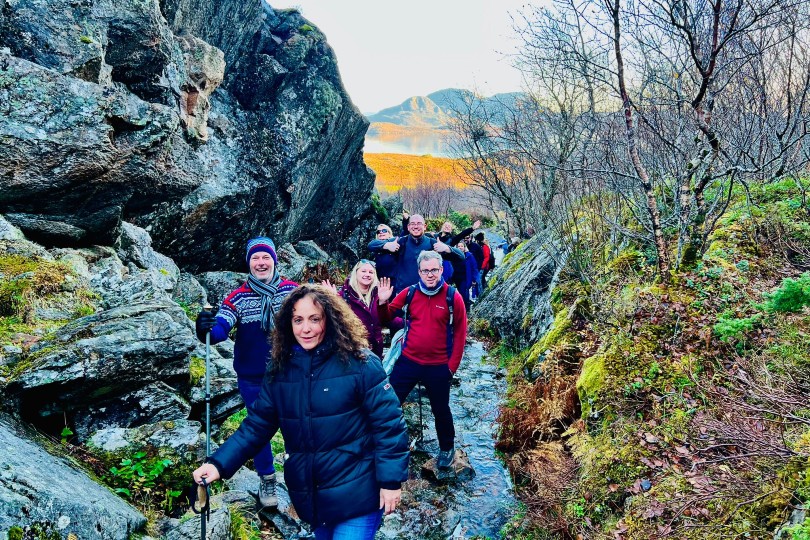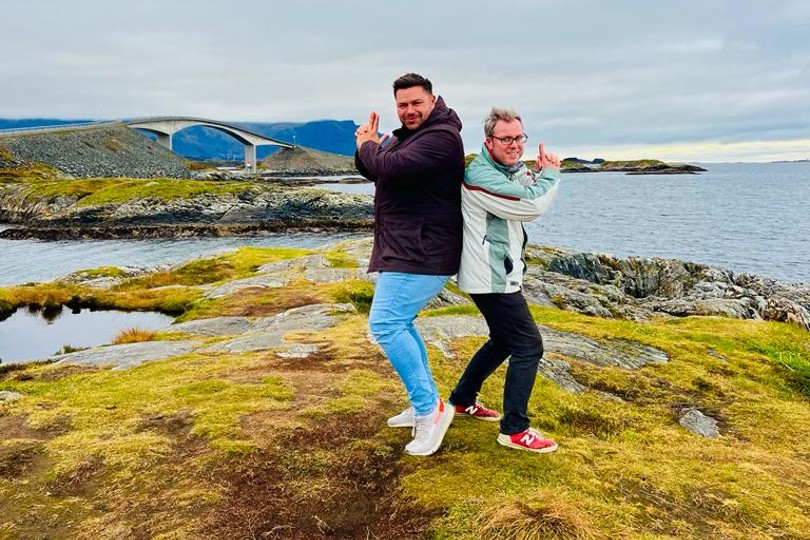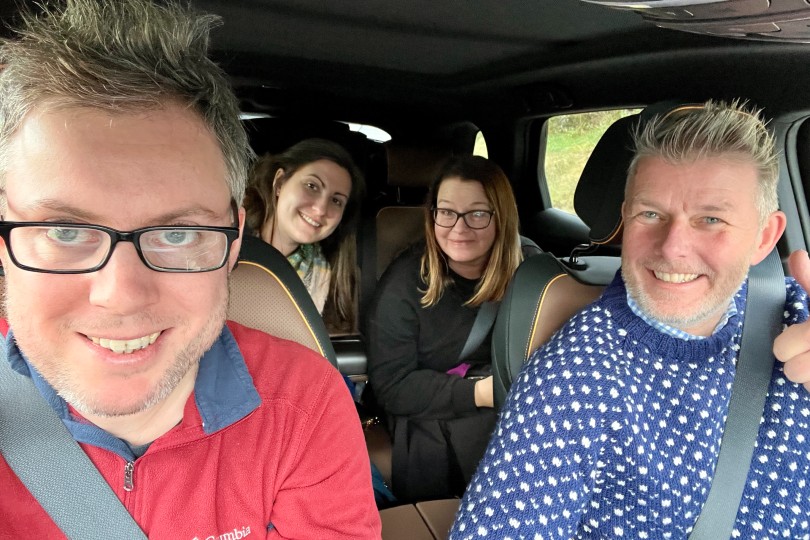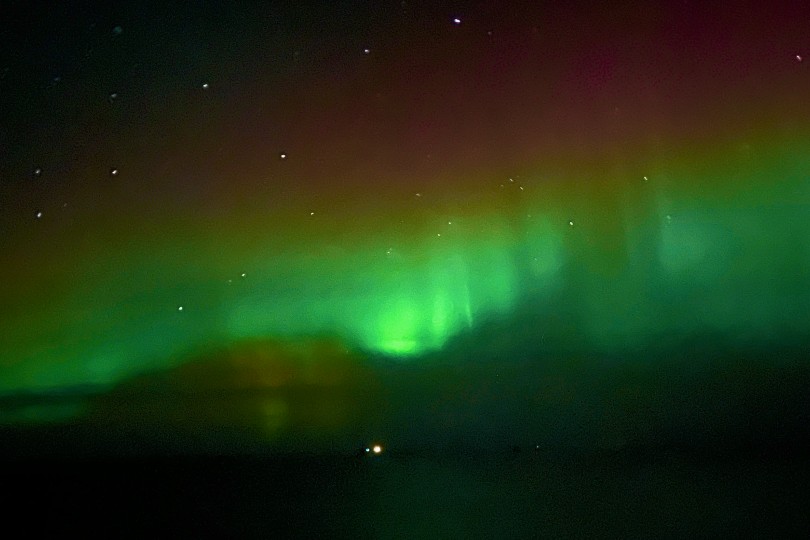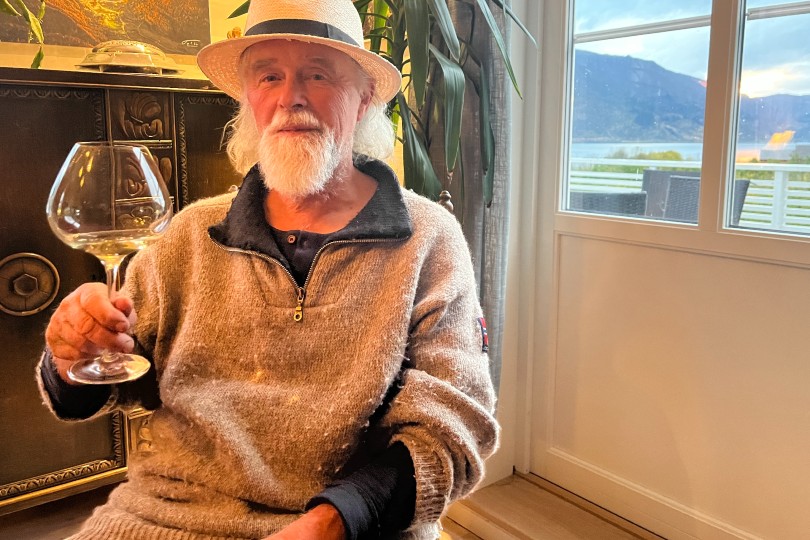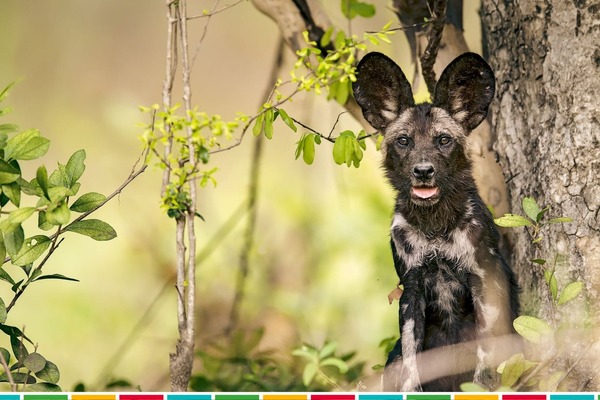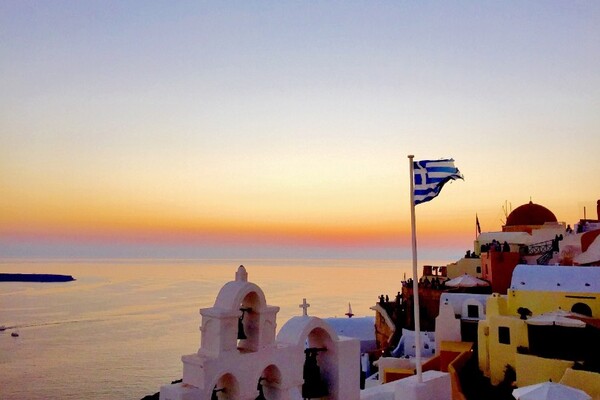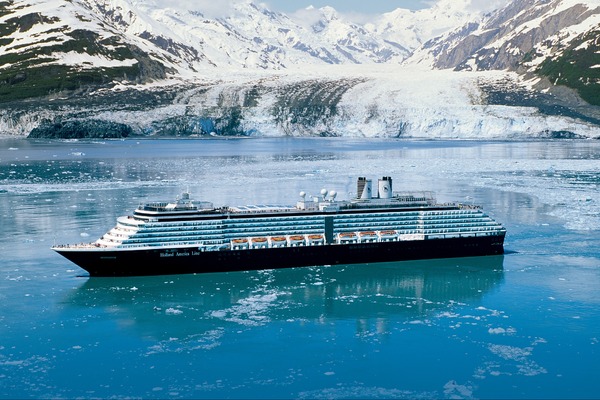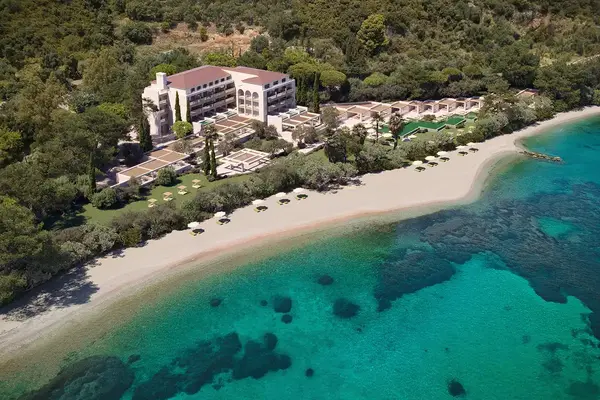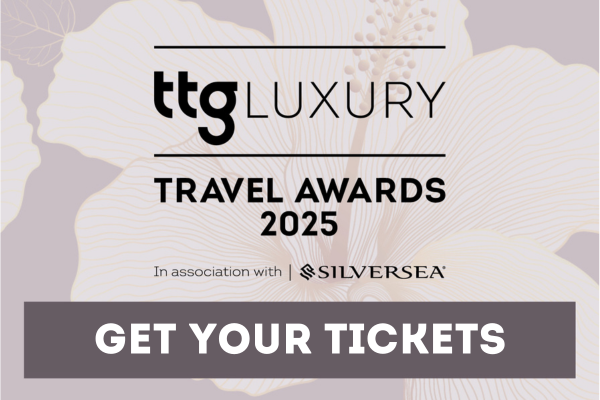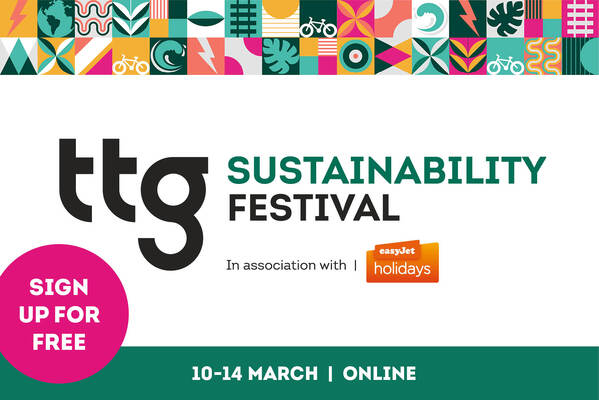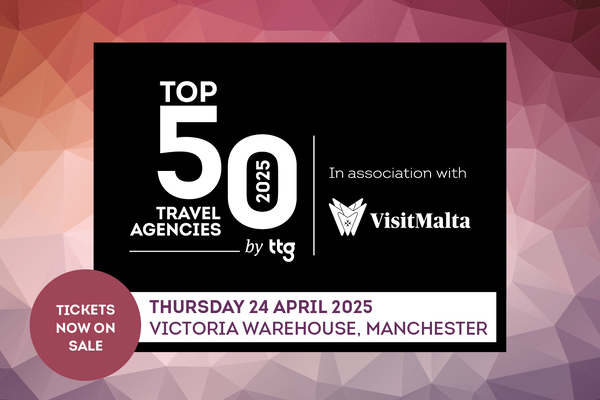Exploring the land of trolls and ghosts
Agents discover the country’s eco-credentials, by rail, road and sea, as Avis Budget Group hosts the latest in our series of TTG Sustainable Travel Heroes fam trips.

Emerging coughing and spluttering from the icy waters of Lygnstoylvatnet, I plunge my head back in for the dozenth time and kick out again with my flippers. It’s only then I finally see it; the small farming community preserved underwater for more than a century.
I’m in Norway’s Norang valley. It’s one of the country’s narrowest, sandwiched between the Hjorund fjord and the imposing Mount Slogen. The lake we’re snorkelling in was created by the Storesvora rock fall in 1908. The 13 seter – summer farms – that were here were razed and the river Lygna blocked creating an Atlantis, of sorts. Remarkably, no one was killed.
We arrived late the previous night at the impressive Hotel Union Oye in a fleet of Avis electric cars (EVs), which we left charging overnight. Rested and refreshed, we e-bike up the valley the next morning with our guide, Sol Idland, who tells us how the region has long been a tourist hotspot.
Aristocrats and elites flocked here in the late 1880s, mooring their steamboats in Oye before continuing their journeys by horse and cart with another historic hotel, the Villa Norangdal, situated 15km up the road.
Tourism continues to thrive here, thanks to people like Sol and her colleagues from Fjord Nature, who take us e-biking and snorkelling. They are at the forefront of a new era of sustainable, community-driven tourism here in the Norangsdalen.
At the hotel, our meals centre around produce sourced locally in the valley and from the hotel’s grounds. The staff wear period dress and regale us with ghost stories and troll myths.
LOCAL KNOWLEDGE
Our time in Oye is symbolic of our week-long trip, one of four TTG Sustainable Travel Heroes fams in 2022. So far, we’ve journeyed from Tromso to Trondheim on the Hurtigruten Coastal Express and onwards to Oye via Norway’s Atlantic Road, which featured in James Bond’s latest outing No Time To Die.
Already, we’ve sledded with huskies in Furuflaten, seen the northern lights onboard Polarlys and hiked Torghatten – the mountain with a hole in it. Our near-1,000km EV road trip will continue to Bergen, where we’ll catch a night train to Oslo for a food tour led by Andrew Hutter, an American who’s made Norway’s capital his home for the past 40 years.
He is one of a dozen local guides and hosts who enrich our trip and bring us closer to the destinations we visit. “It’s opened my mind to the possibility of selling trips like this,” reflects Travel Counsellor Catherine Summers. “I like to give back to the communities where we travel, to experience local produce and meet local people.”
Key to making our journey work are the four EVs we picked up in Trondheim – two VWs, a Volvo and a BYD Tang. They’re all comfy SUV-type vehicles, each offering impressive range in the region of 450-500km on a single charge, depending on conditions and usage.
For Stig Williams, Avis Budget Group’s head of international partnerships, EVs will create new opportunities for agents and operators to innovate when it comes to building itineraries.
He wants to change perceptions of selling car hire by encouraging agents to tailor clients’ transport to each leg of the journey. “We’re not trying to tell people cars should be the main – or only – mode of transport for an entire trip,” he says, stressing the role EVs play in getting travellers off-the-beaten-track and unlocking niche activities and accommodation.
One key focus for Williams and Avis is offering reassurance on charging. Currently, different smartphone apps are required for different charging points, depending on provider, although the EU is looking to standardise this. Avis is already speaking to charging aggregators, and Williams tells me the long-term goal would be to allow clients to manage charging through the Avis app.
“The EVs have given us the freedom to explore Norway at our leisure,” says Bethany Brandwood from Worcester’s arrangeMYescape. “It has been the towns, villages and local businesses we’ve visited along the way that have made the journey special. Charging really hasn’t been a major consideration.”
Onboard Polarlys, boisterous hotel manager Per Oyvind Dahl – who keeps surprising us with spoonfuls of cod liver oil – takes us on a tour to demonstrate Hurtigruten’s sustainability credentials, sinking his hand into one of the crab tanks onboard before handing a couple of huge red kings to members of our party. They’re farmed sustainably about 250km from Kirkenes, the Coastal Express’s northern terminus, in the Russian city of Murmansk.
The ship’s menus change twice a year, and at any one time feature produce sourced from more than 50 local businesses, while the bar stocks several brews produced by Norwegian microbreweries.
James Howlett, Hurtigruten’s UK trade partnerships manager, tells me the line’s record on sustainability should serve as a key selling point for agents. “80% of the food and drink onboard is from areas we go to,” he says.
GREEN GOALS
The fleet is transitioning to hybrid power, which is provided by two huge 1,120 kilowatt-hour batteries, reducing carbon and nitrogen emissions significantly. Hurtigruten’s ultimate goal is to be emission-free by 2030. The water is recycled, and there is a fleet-wide ban on single-use plastics. Elsewhere, new propeller blades reduce energy use, while boilers recycle heat from the ship’s engines; shore power and charging is available at many ports.
Helpfully, the 12-day, 2,500km Coastal Express – which calls at 34 ports in total – can be sold in modular portions, allowing us to fit a three-night segment into our itinerary designed by Not In The Guide Books.
The final stretch of our road trip takes us to Hafslo, where we stay at BesteBakken, a quirky boutique hotel run by married couple Odd Geir Alme and Lindis Alme. It has just 15 rooms, but they’re all unique, from glasshouses where you can sleep under the stars surrounded by alpacas to gothic basements reflecting historic Norway.
Throughout our stay, we’re fed off the land, with each course lovingly curated by Lindis – it’s a gastronomic experience like no other as we sample homemade breads, jams and soups, alpaca salami and a hearty moose stew. The food here is local, seasonal and sustainable. Or in Lindis’s own words, “untravelled”.
“She is an inspiration,” Travel Counsellor Jodi Kerr tells me. “Bringing tourism here will help these communities that are embracing sustainability thrive, and teach us a lot about what we need to do.”
Book it: Not In The Guide Books’ (notintheguidebooks.com) six-day, seven-night Highlights of Norway itinerary leads in from £3,554pp, including night train and car hire (avis.co.uk), with departures from May through October. A full 12-night voyage onboard the Hurtigruten Coastal Express (hurtigruten.co.uk), with regional flights, starts from £1,199pp.
Slinde Vineyard: a new frontier of viticulture
At 61 degrees north (think Anchorage in Alaska) Slinde Vineyard is one of the most northerly in the world – the dream of Bjorn Bergum, 70, and wife Haldis. “We’ve got that acidity they look for in France, Italy and Spain,” he says. “We also have lots of light, which ensures high sugar content and lots of aromas. We’ll continue to experiment to make even better wines, especially whites – I think that’ll be best for Norway and other Nordic countries in years to come.”
Bjorn is far from blind, though, to the inescapable fact that his dream has become a reality thanks – in part – to the effects of climate change. Journalists have sought him out, no doubt intrigued by this new frontier of viniculture. “It will bring more visitors to the area, which will benefit other local businesses,” Bjorn continues. “We look forward now to having visitors from March next year – we feel we have something people will appreciate.”
